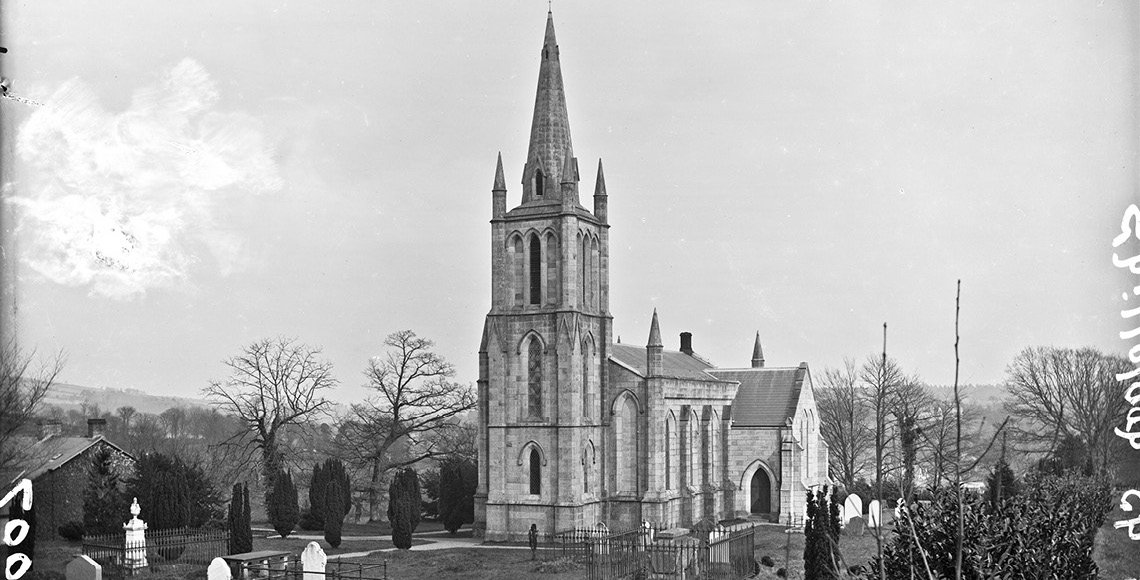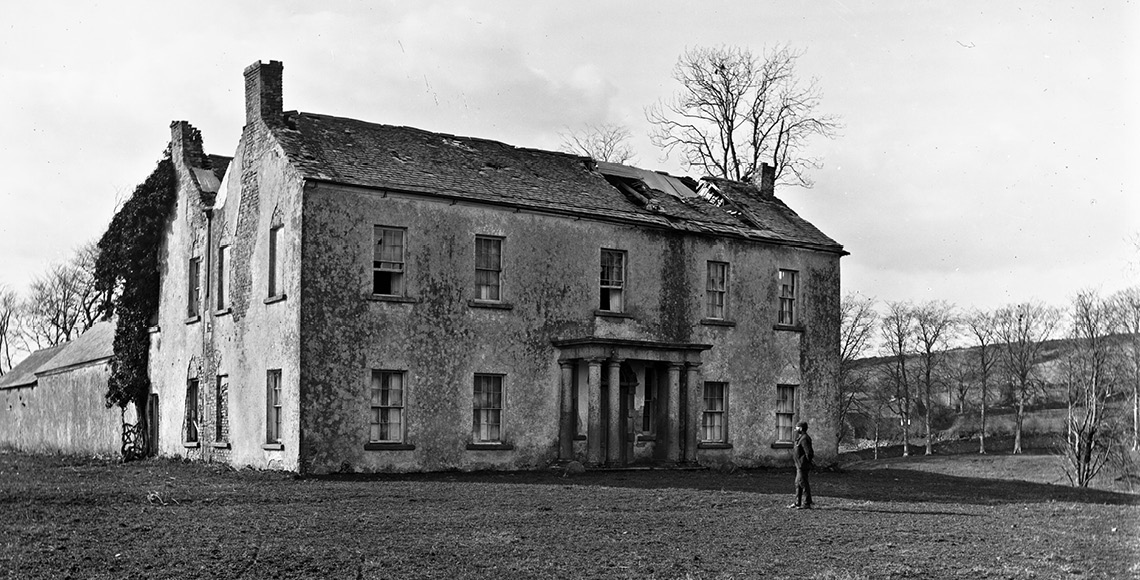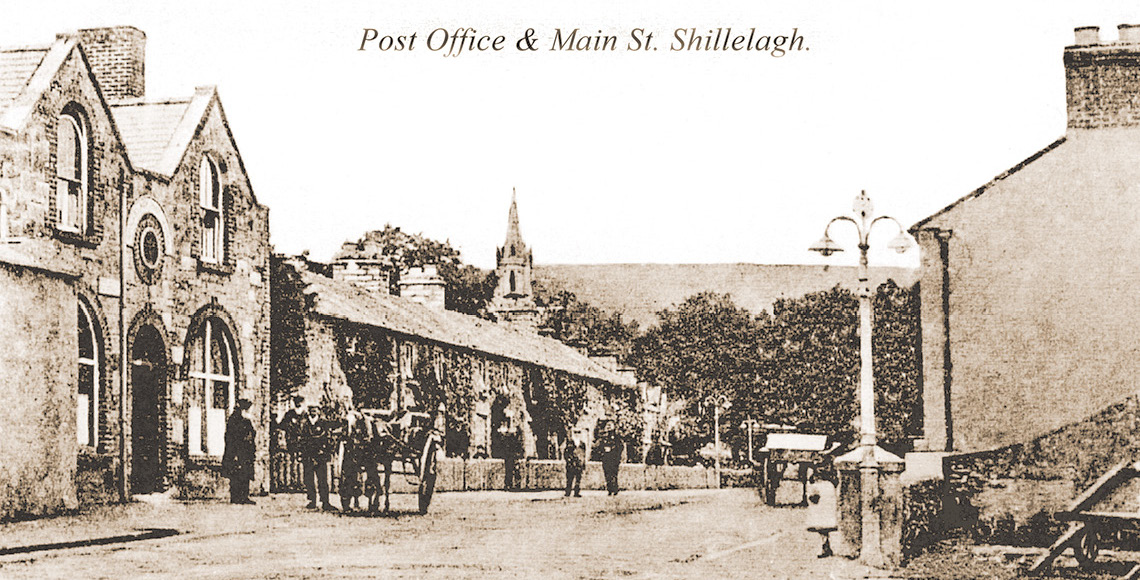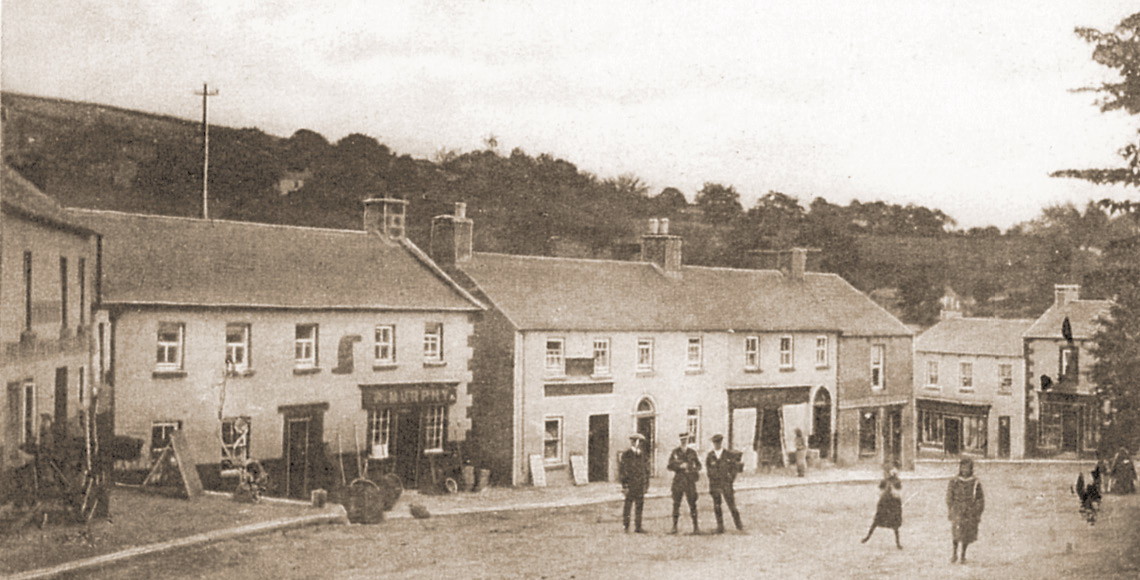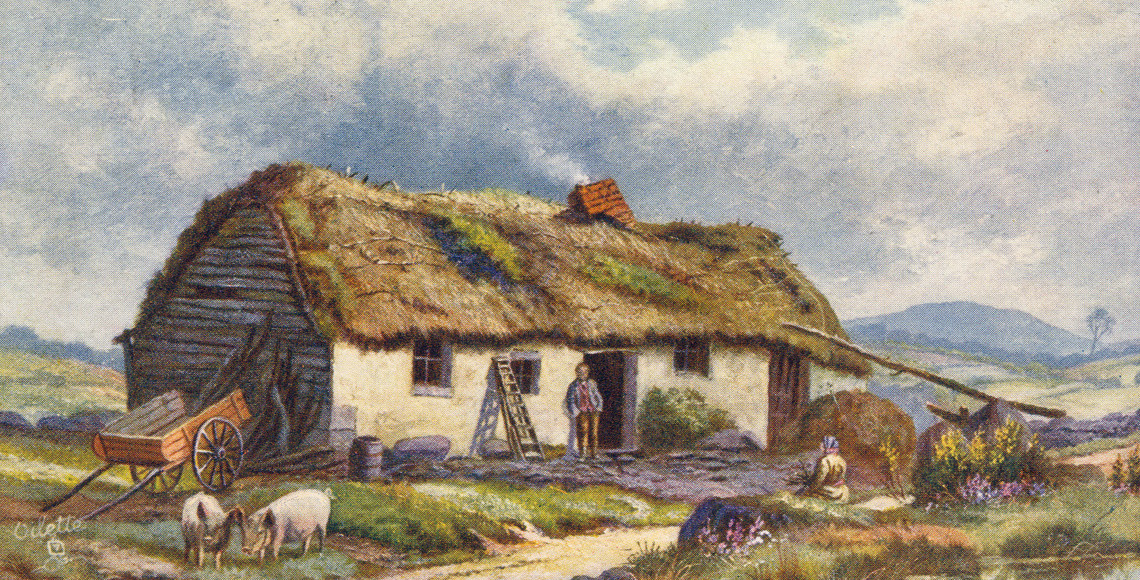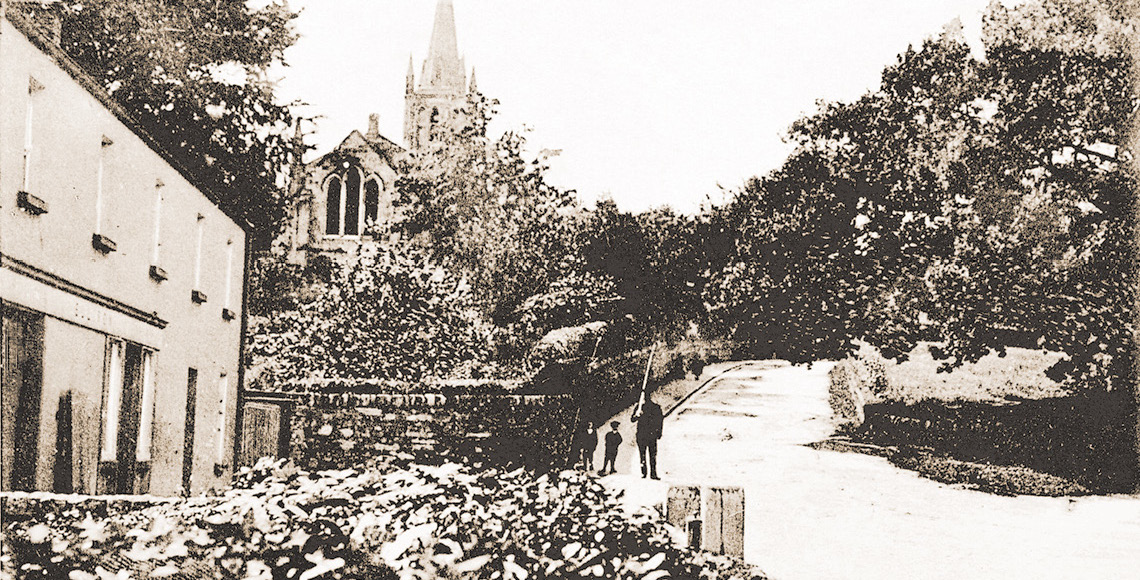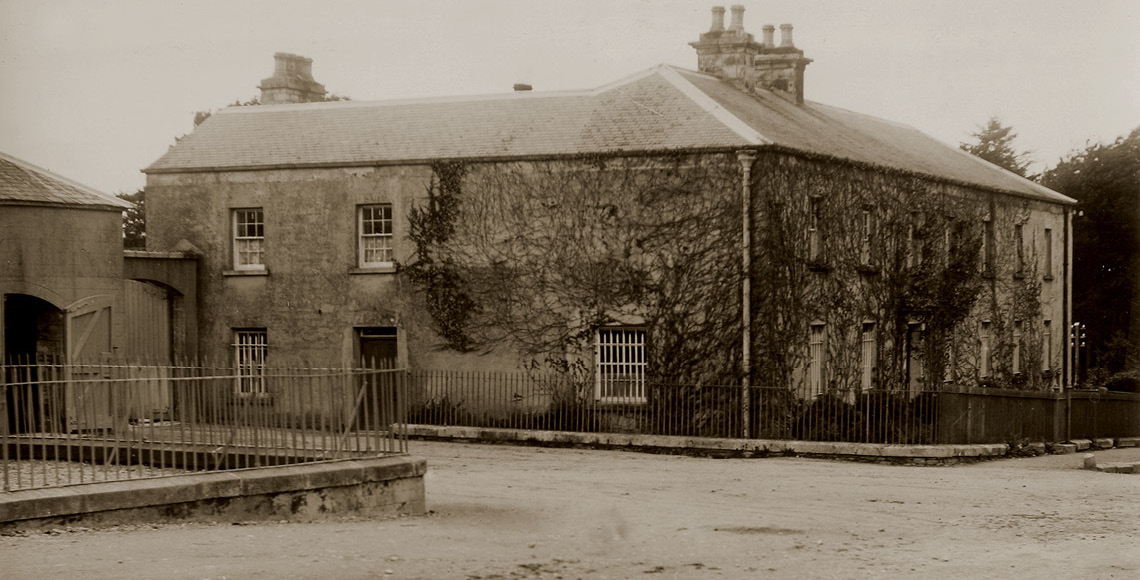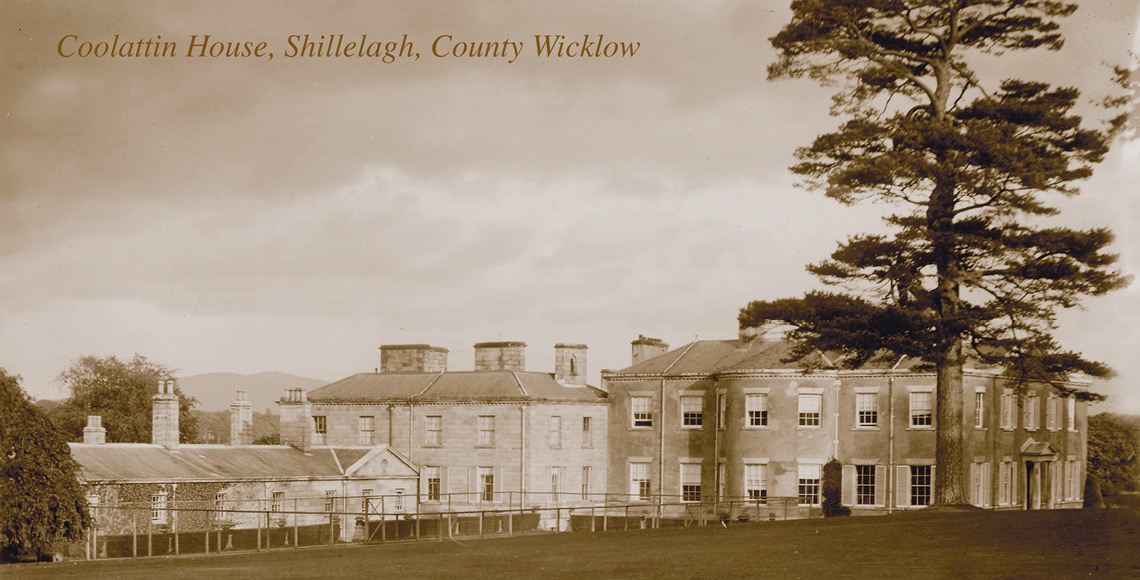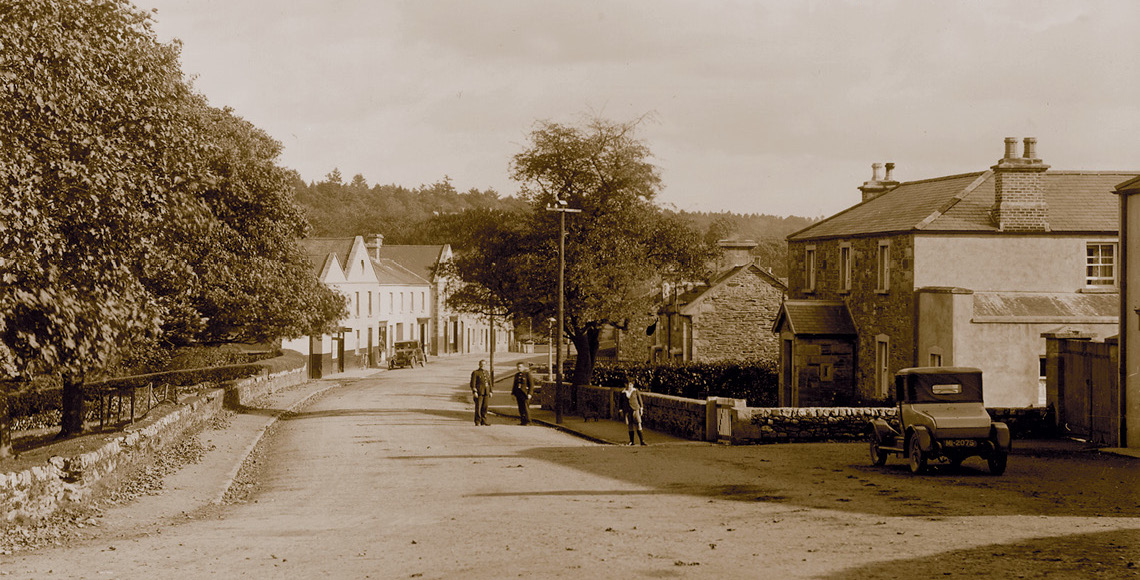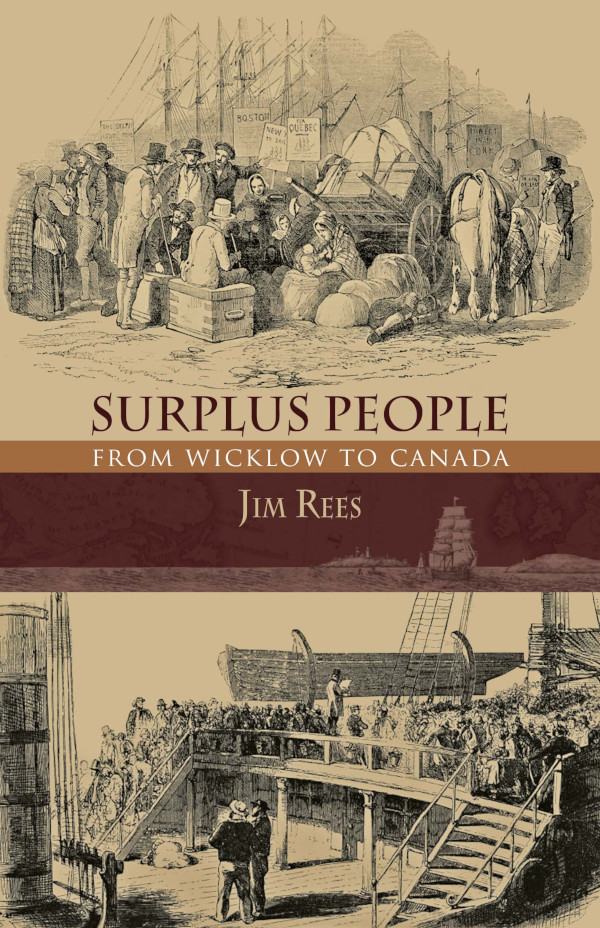Coolattin Lives contains the tenant records for the Earl of Fitzwilliam’s estates in Co. Wicklow between 1841 and 1868. This period includes the Great Famine and the years of assisted migration that the Fitzwilliam estate put in place to encourage tenants to move to Canada, so it captures a moment of great change in the population – locally and nationally.
This project has been founded and supervised by The Courthouse Arts Centre, Tinahely in collaboration with Wicklow County Archives and Wicklow Tourism. The project coordinator has been Professor Ciaran Brady, Dept of History, TCD, (who is also a member of the Board of Directors of the Courthouse Arts Centre), and the research has been done by Dr Ciaran Wallace, Dept of History, TCD. We are indebted to the earlier pioneering research of Jim Rees and Ann Hanley.
We wish to thank our sponsors: Lord Haskins of Yorkshire Foods PLC; Sir Naylor-Leyland, Fitzwilliam Estate; Neil McHugh of Green Isle Foods: School of History & Humanities TCD; Wicklow County Tourism.
We are especially grateful to His Excellency Ambassador Kevin Vickers, Embassy of Canada, for his patronage and support.
Introduction to The Courthouse Arts CentreOpened in 1996, it was the first full-time professional arts centre in Co Wicklow, and one of the first in Ireland that was situated outside a major city. It remains almost unique in serving an entirely rural public.
The Arts Centre has delivered a vigorous and varied arts programme in the centre since 1996, including music, theatre, film, visual arts, and various workshops, to the south-Wicklow, north-Wexford and east-Carlow regions.
The following are examples of cultural and heritage projects previously undertaken by The Arts Centre: the restoration of Courthouse Building, Tinahely, completed in 1996, and the restoration of the Market Square Building, Tinahely, completed in 2000.
The Arts Centre has won many awards for its contributions to arts and heritage, including Wicklow People of the Year Award in the Arts and Entertainment category for 2008 and the National FAS Community Initiative Award for Heritage/Arts in 1996.


